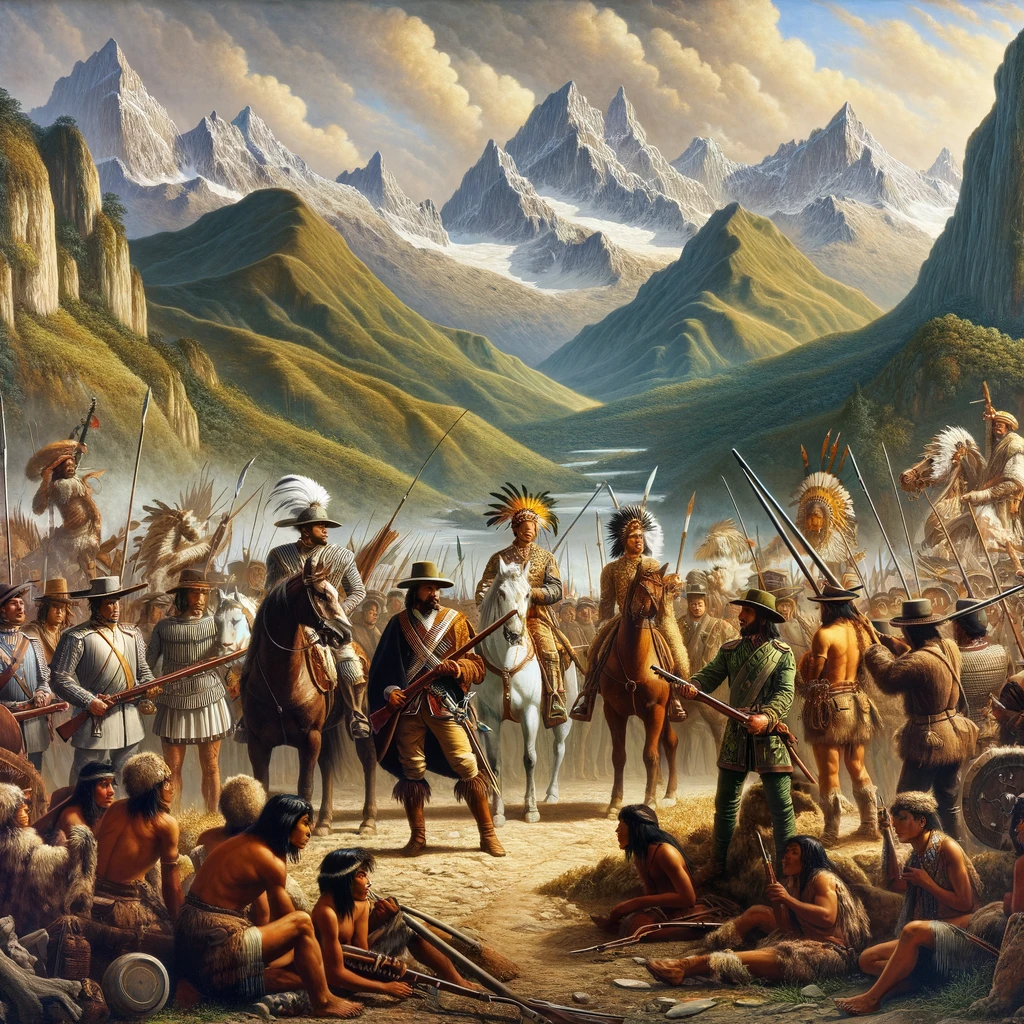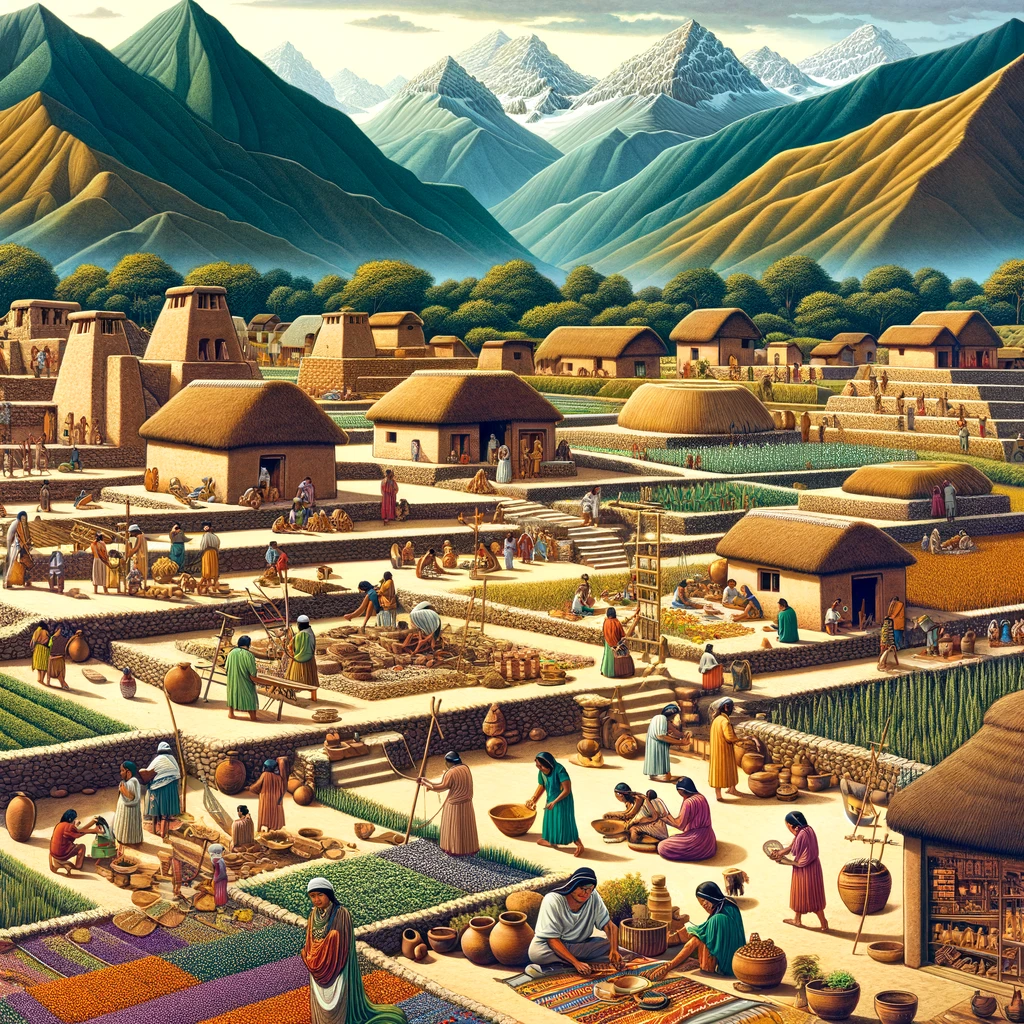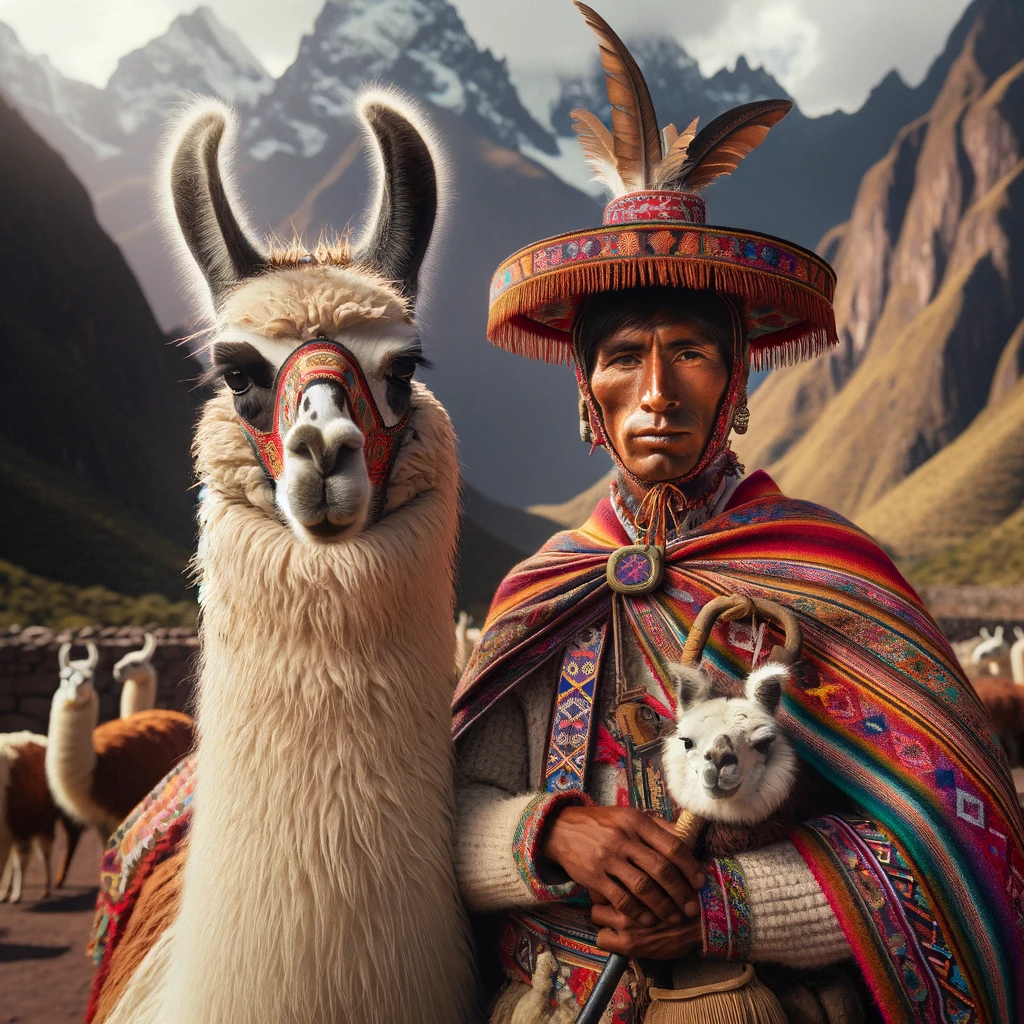
Spanish Conquest and Colonial Era
The arrival of the Spanish in the 16th century marked the beginning of a new chapter in the region’s history. The search for precious metals and the desire to spread Christianity led to the establishment of cities like Salta and Jujuy, which became important centers for the Spanish colonial administration.
During the colonial period, the region was a crossroads for trade routes between the Viceroyalty of Peru and the silver mines of Potosí in present-day Bolivia. This strategic position contributed to its economic and cultural development but also brought conflicts and resistance from the indigenous populations.


